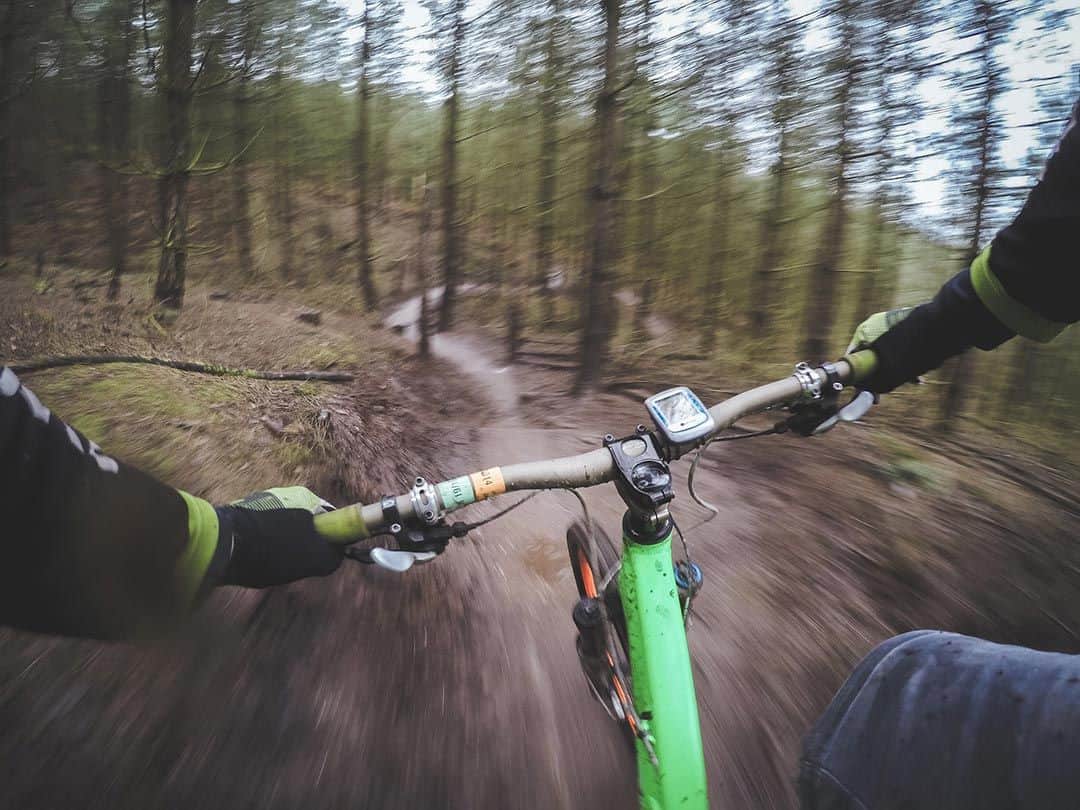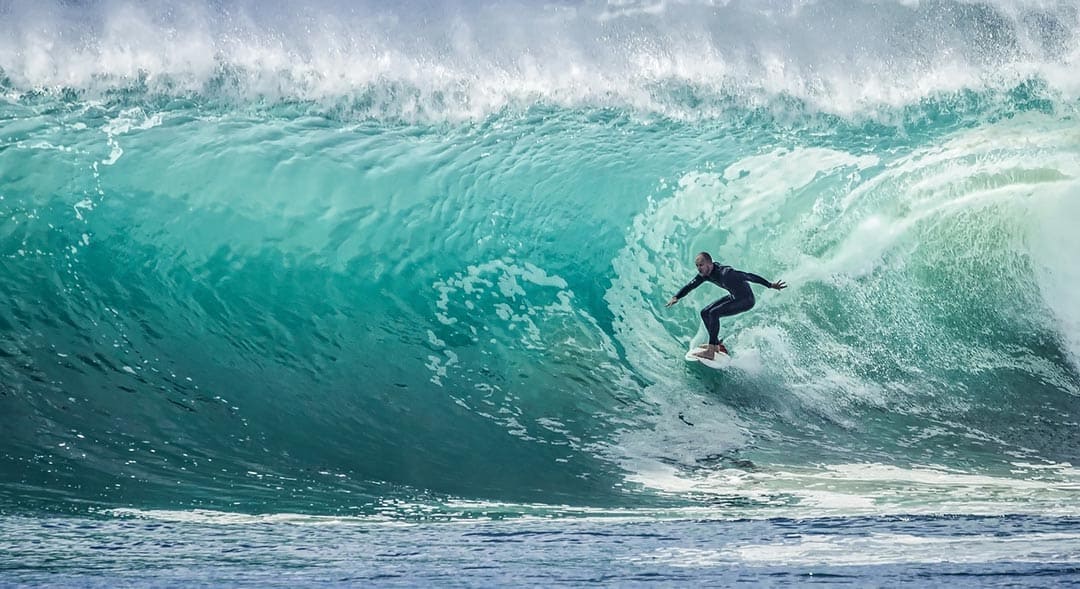Portugal is a great destination for adventurous visitors thanks to its moderate temperature and affordable cost of living. Portugal is divided into seven regions, and each one has its own special brand of adrenaline-pumping excitement.
Trekking in northern Portugal
The city of Porto in northern Portugal is well-known for its port wine, but the region as a whole should be lauded for its diverse scenery. Off-road enthusiasts will enjoy Peneda-Geres Park. Also, it’s the only protected region designated as a National Park by the Portuguese government. Set off on foot from Campo do Geres, which is situated between the Cavado and Homem rivers. Use a Jeep to get to the trailhead. You’ll pass the Lindoso Dam on the route. Vilarinho das Furnas, a village that dates back to the 1st century and was flooded in the 1970s to make room for the dam, can be seen when the reservoir is low. Northwest of Serra do Geres, in the settlement of Pitoes das Junias, you’ll find a 9th-century Benedictine abbey cut by streams and waterfalls.
Canoeing in the Tras-os-Montes
In the Tras-os-Montes region’s mountains, visitors may enjoy a day of canoeing in the deep river valleys and rivers. The Sabor and Tua rivers are excellent for afternoon floats. While navigating over mild rapids, you will see vineyards, old cedar woods, and quaint villages. On very hot days, you may want to take a dip before returning to your car.
Cycling in the Douro Valley
Stunning terraced hills and vineyards provide the perfect background for a scenic—and challenging—bike ride through the country’s best wine area. The roads in this area are pleasantly quiet, and the way they undulate between the vineyards and valleys makes cycling journeys across the Douro valley surprisingly easy for inexperienced riders to accomplish.
Mountain Biking In The Lousã Mountains

The schist pathways and bike tracks that snake through the Lousã Mountains near Coimbra will delight avid riders.
If you feel hungry, stop by one of the 27 villages that dot the hills — the friendly people are always willing to offer up the traditional fare (or to sell you handmade crafts).
Climbing in the Beiras Region
The Torre mountain range, which rises out of Central Portugal at a height of 6,539 feet, is the highest point in the country, and it may be reached by travelling south from Porto. Rock climbers and hikers will encounter some severe climbing obstacles in this area (think: rappelling down through ghost villages of the Lousa Mountains). The borderlands between Gaura and Castelo Branco are dotted with abandoned trade routes that wind their way through granite hills, historic towns, and flowing rivers.
Surfing The World’s Best Waves

Portugal, without a doubt, offers some of Europe’s greatest surfing waves, from the spectacular North Canyon in Nazaré (where Garrett McNamara set the Guinness World Record for surfing the world’s largest wave) to Peniche’s Supertubos (home to the Rip Curl Pro competition).
Coxos, near Ericeira, has to be the best wave in Portugal – a right-hand barrel that crashes over flat rocks.
Ericeira has been designated a World Surf Reserve, confirming its reputation as one of the world’s greatest surf locations. There are nine world-class surf breakers and thirty great surf locations within driving distance.
While the Portuguese city, Lisbon, is initially thought of as a cultural (and gourmet) destination, it also has a lot to offer explorers and travellers. The beaches in and around Lisbon border the Atlantic Ocean and have been a favourite destination for water enthusiasts for decades, with beaches such as Carcavelos being particularly popular with bodyboarders, surfers, and kite surfers among others. Guincho beach, located a short distance outside of the city and nestled between Sintra and the Cascais National Park, is a popular venue for European championship windsurfing and surfing competitions. You may rent both boards and lessons at this location. Praia Grande, located on the coast of Sintra, is well-known for its water sports activities.
Horseback Riding in the Alentejo Region
Once you leave Lisbon and enter the Alentejo Region, the terrain opens out to expansive fields that are ideal for equestrian rides in the surrounding countryside. Equestrians may ride along scenic rural routes that are well-maintained. Take your horse for a canter over sand dunes, eucalyptus trees, and rice fields on the Alentejo Coast Trail in the springtime, when you’ll have lots of possibilities to gallop through the huge terrain. Alentejo also has a number of riding schools, such as the Alter do Chao stud farm, where visitors may see imperial Lusitanian horses in their natural habitat.
Hang Glide Over the Algarve
The beaches of the Algarve are unquestionably beautiful, and they are much more so when viewed from above. Travellers may take advantage of a once-in-a-lifetime opportunity to hang glide over the Atlantic while travelling along the windswept Costa Vicentina. There are carob and almond trees in the Barrocal region, as well as orchards and tiny vineyards, all of which may be seen in the scenery below. When visiting this region of the country, consider taking a hot air balloon flight.
Coasteering In Sagres
The Algarve coast’s steep cliffs, hidden beaches, and magnificent sea caves were created for coasteering – an adventure sport that requires leaping, swimming and climbing.
The greatest spot to sample it is on the western Algarve’s coast between Lagos and Sagres, in the Natural Park of Costa Vicentina.
Climbing the orange cliff sides is enjoyable in and of itself, but when combined with swimming in the crystal clear waters and finding secret grottos, this is one of the finest ways to explore Portugal’s natural beauty.
If you’ve never gone coasteering before, it’s better to go with a local tour leader who will know exactly when the tides come in and out and where the safest places to jump and swim are.
Swimming in Madeira
Madeira is a Portuguese archipelago located in the Atlantic Ocean off the country’s southwest coast. It is a year-round vacation destination renowned for its wine, cuisine, and culture. However, diving directly into the surrounding seas is one of the finest ways to get a sense of Madeira. Its volcanic mountains soar to almost 4,000 feet and then drop to the sea in tremendous cascades of streams. Summer is an excellent time for streams on the northern slopes, with a stronger and more powerful water flow. The southern slopes are milder in the winter, with moderate currents. Porto Santo’s 5.5-mile-long coastline is ideal for diving and snorkelling. Take a look at the sunken ships south of Porto de Abrigo.
Whale-watching in the Azores
The Azores Islands of Portugal—an archipelago of nine volcanic islands located in the Atlantic around 850 miles west of Portugal—are home to some magnificent animals. Whale viewing is excellent here since more than 20 species of cetaceans (including sperm whales, northern bottlenose whales, pilot whales, sowerby’s beaked whales, and the rare orca) travel through Portugal or make the Azores home throughout their migrations. Whale-watching trips are offered all year, though the weather is most pleasant (and the whales are most plentiful) during the warm summer months.




